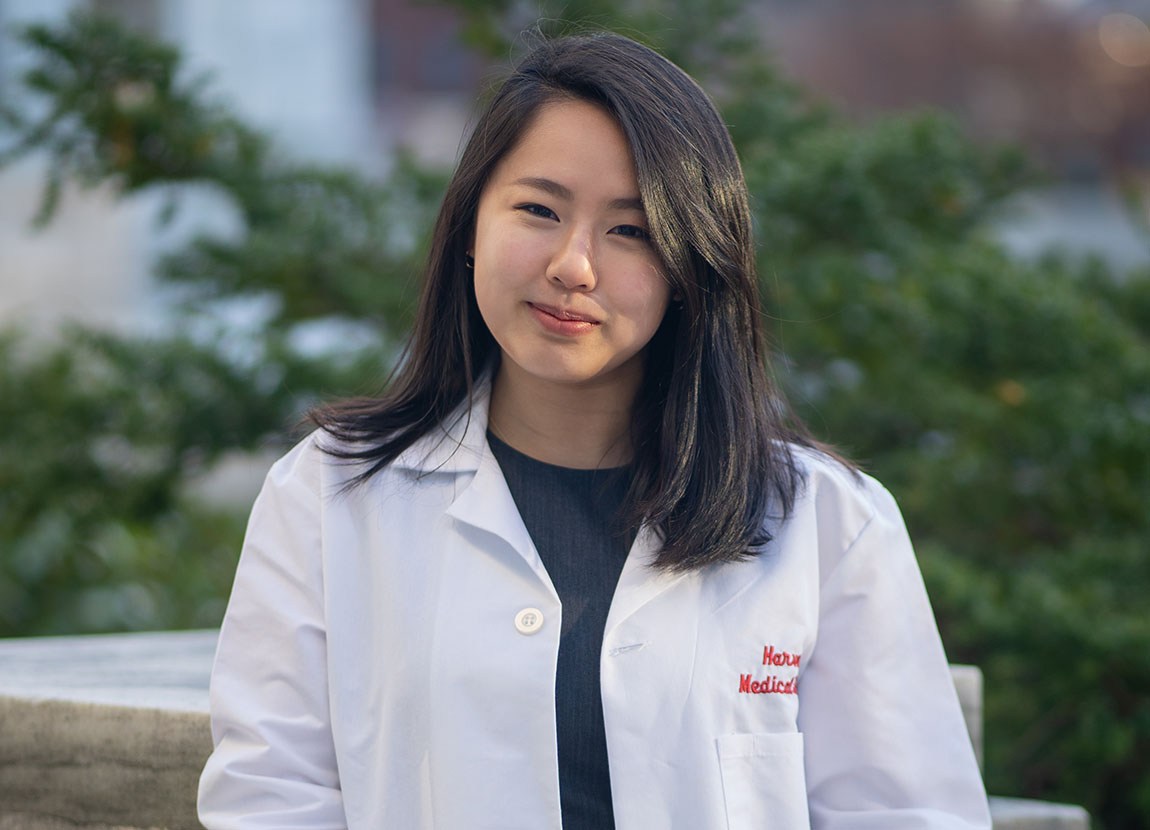Finding Success at Harvard’s Dental School
Vivian Ha ’20 says Muhlenberg prepared her well to be part of one of the smallest and most selective programs in the country.By: Meghan Kita Wednesday, February 16, 2022 10:13 AM
 Photo courtesy of Vivian Ha '20
Photo courtesy of Vivian Ha '20When Vivian Ha ’20 started at the Harvard School of Dental Medicine, something felt familiar to her. Harvard’s dental school, the oldest university-based dental school in the country, admits just 35 students each year. The small class size has meant lots of individualized attention.
“Like my experience at Muhlenberg, where it was easy to build relationships with my professors and mentors, I get that same experience at Harvard,” says Ha, the first of three Muhlenberg students to be accepted there in three consecutive years. “I value that one-on-one time.”
Muhlenberg was on Ha’s radar because her cousin, Dr. Son Nguyen ’98, was an alum who had gone on to become a successful surgeon. Ha was also interested in health professions, so as a first-year student, she worked as a certified nurse’s aide at St. Luke’s University Hospital in nearby Quakertown, where she’s from. That experience helped her realize that she wanted to take a different approach to health care, so she considered other options.
“I was one of those kids who really loved going to the dentist. After some exploration, I realized there was a need for education about dentistry in the public,” says Ha, who was a neuroscience major with minors in English and chemistry at Muhlenberg. “The disconnect between dentistry and traditional medicine was something that didn’t make sense to me. The body is one entity—oral and systemic health should not be considered separate, given how much they are interrelated.”
That’s one reason Ha applied to Harvard—its first-year dental students and medical students take classes together, so the dental students begin with a strong foundation of knowledge about the entire body. And Ha feels her undergraduate education, including her coursework as well as the research she conducted with Professor of Chemistry Christine Ingersoll, gave her a strong foundation to build upon in dental school. She specifically recalls a neuroscience class, Receptors and Channels, in which most of the reading was scientific articles.
“It was very rigorous, but it was the same level of rigor that is found at the medical school and the dental school,” she says. “Going into this new environment, I was already prepared and I felt very comfortable among my peers.”
